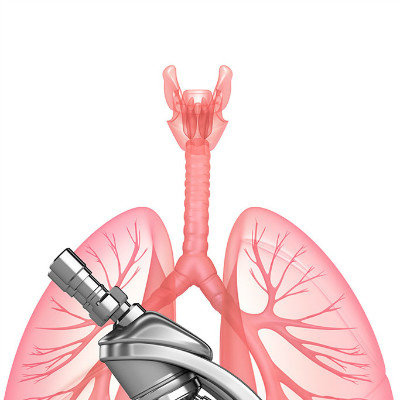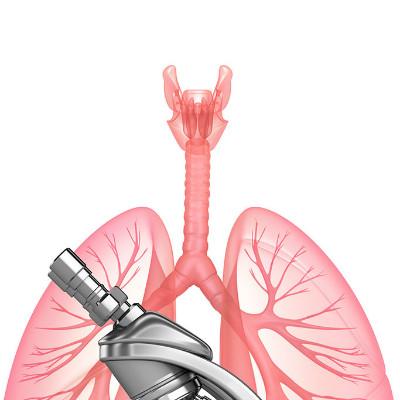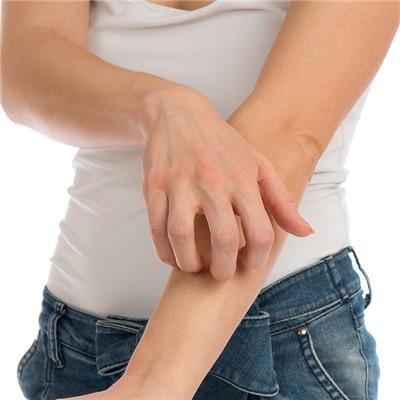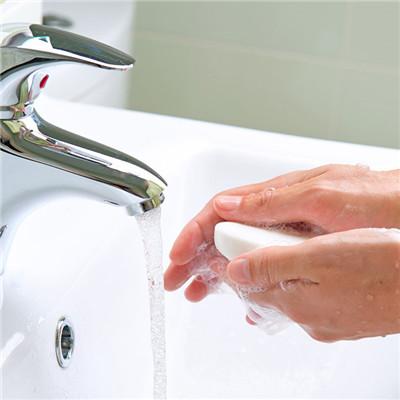Torsion of myoma pedicle?
summary
Uterine fibroids pedicle torsion, we must pay attention to, because it is easy to cause life-threatening. We should know that if the myoma continues to develop to the abdominal cavity, it can finally be connected with the uterus by only one pedicle and become a subserosal myoma with pedicle. The blood vessels contained in the tumor pedicle are the only way to supply blood to the myoma. If the tumor pedicle is twisted, how can the tumor pedicle be necrotic and broken off. Myoma will fall off and abdominal cavity, close to omentum, mesentery and other adjacent organs and tissues, so as to live blood supply, thus forming a "parasitic myoma" or "free myoma". Torsion of myoma pedicle? Let's talk about it.
Torsion of myoma pedicle?
Uterine bleeding is the main symptom of hysteromyoma, which occurs in more than half of the patients. Among them, periodic bleeding is the most common, which can be manifested as increased menstrual volume, prolonged menstrual period or shortened menstrual cycle. It can also be manifested as irregular vaginal bleeding without menstrual cycle. Submucosal myoma and intramural myoma are the most common causes of uterine bleeding, while subserosal myoma rarely causes uterine bleeding.

Abdominal mass abdominal mass and compression symptoms of fibroids gradually grow, when it makes the uterus larger than 3 months of gestation, uterine size or larger subserosal fibroids located at the bottom of the uterus, often can touch the mass in the abdomen, especially in the morning when the bladder is filled. The mass was solid and movable without tenderness. When the myoma grows to a certain size, it can cause the compression symptoms of the surrounding organs. If the myoma of the anterior wall of the uterus is close to the bladder, it can cause frequent micturition and urgency; Large cervical myoma * compression of bladder can cause voiding or even urinary retention. Uterine posterior wall myoma, especially isthmus or cervical posterior lip myoma, can compress rectum, causing poor stool and discomfort after defecation; Huge broad ligament myoma can compress ureter and even cause hydronephrosis.

In general, hysteromyoma does not cause pain, but many patients can complain of lower abdominal distension and low back pain. Acute abdominal pain may occur when subserosal myoma has pedicle torsion or uterine myoma has red degeneration. Dysmenorrhea may occur when myoma complicated with endometriosis or adenomyosis.
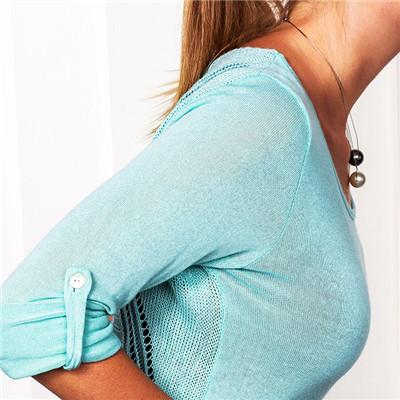
matters needing attention
Once the patients with hysteromyoma have been found pedicle torsion, we should pay enough attention to it, which easily leads to life-threatening. If the myoma continues to develop to the abdominal cavity, it can be connected with the uterus by only one pedicle and become a subserosal myoma with pedicle. The blood vessels contained in the tumor pedicle are the only way to supply blood to the myoma. If the tumor pedicle is twisted, the tumor pedicle will be necrotic and broken. Myoma can fall off, form parasitic sex myoma easily or dissociative sex myoma. After pedicle torsion, the patient must go to the hospital for timely treatment, so as to avoid abdominal pain, shock and life-threatening.


